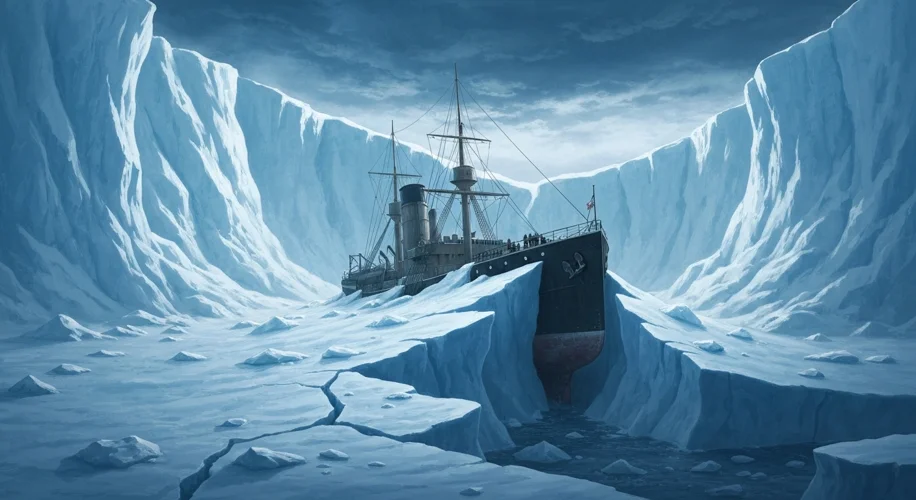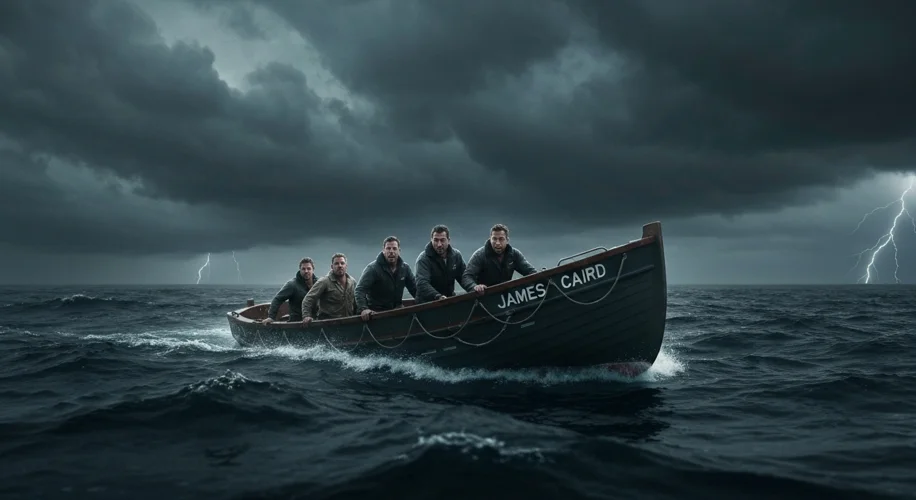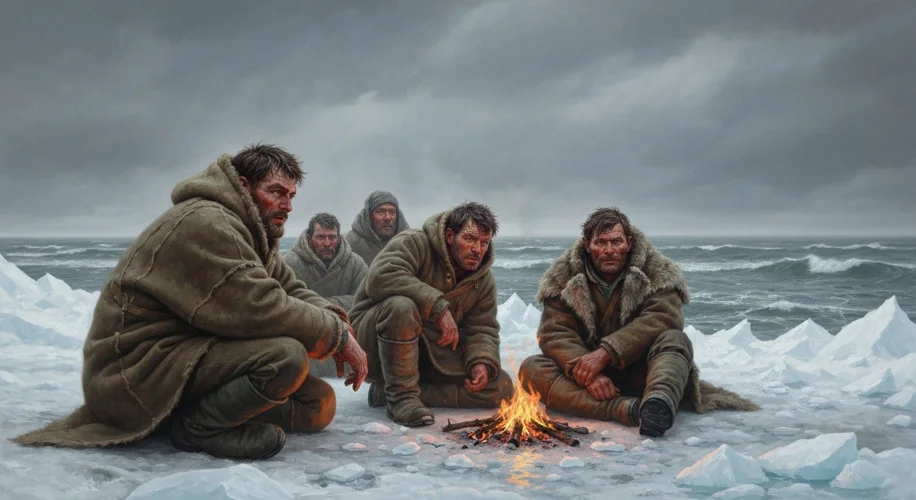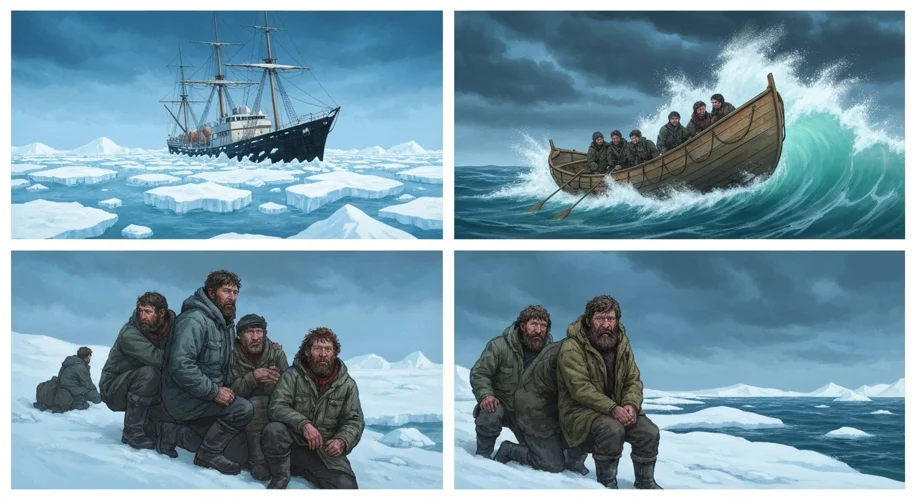The year is 1915. The vast, white expanse of the Weddell Sea, Antarctica, is a formidable and unforgiving realm. Here, the Imperial Trans-Antarctic Expedition, led by the indomitable Sir Ernest Shackleton, sought to achieve the unimaginable: a transcontinental crossing of the frozen continent. Their vessel, the sturdy barquentine Endurance, a ship built to withstand the harshest conditions, was about to embark on a journey that would etch itself into the annals of human history, not for its intended triumph, but for its harrowing testament to survival.
The Endurance was more than just a ship; she was a floating home, a symbol of British ambition, and the hope of 28 men. Shackleton, a veteran of Antarctic exploration, was known for his charisma and his deep concern for his crew. The expedition’s goal was audacious: to traverse Antarctica from coast to coast, a feat never before accomplished. The crew, a mix of seasoned sailors, scientists, and adventurers, were united by a shared dream and a belief in their leader.
However, the Antarctic is a fickle mistress, and the sea ice of the Weddell Sea proved to be a cruel gatekeeper. In January 1915, mere days after entering the pack ice, the Endurance became trapped. At first, the men were optimistic, believing the ship would be freed with the next thaw. But the ice, a relentless and ever-shifting adversary, had other plans. Days turned into weeks, and weeks into months. The ship, designed for the sea, was now a prisoner of the ice, groaning and shifting with the immense pressure.

The slow, agonizing crush began. The ice, like a giant hand, squeezed the hull of the Endurance. Timbers splintered, and the ship began to list. Shackleton, ever the pragmatist, knew that their survival now depended not on reaching their destination, but on escaping the icy maw that held them captive. On October 27, 1915, after months of enduring the relentless pressure, the Endurance finally succumbed. She was crushed beyond repair and sank into the frigid depths of the Weddell Sea.
This was not the end of the expedition, but the beginning of an extraordinary ordeal. Stranded on the ice floes, with no hope of immediate rescue, Shackleton and his men faced a stark reality: survival against impossible odds. Their leader’s calm resolve and unwavering determination became their beacon. They established camp on the ice, meticulously rationing their dwindling supplies. The days were short, the nights long and bitterly cold, and the ever-present threat of the ice shifting or breaking beneath them loomed large.
After months adrift on the ice, Shackleton made a daring decision. He would lead a small party in one of the ship’s lifeboats, the James Caird, across over 800 nautical miles of treacherous, storm-tossed sea to South Georgia, a remote whaling station, to seek help. This was a journey of unimaginable peril. The tiny boat, battered by colossal waves and enduring unimaginable hardship, became a testament to the men’s grit and Shackleton’s leadership. They landed on South Georgia, exhausted but alive.

However, reaching South Georgia was only half the battle. The whaling station was on the opposite side of the island, and the interior was a formidable mountain range of ice and rock. Shackleton, along with his trusted companions Tom Crean and Frank Worsley, embarked on a grueling overland trek across the island, a journey that had never been attempted before and would later be described as one of the greatest feats of mountaineering. Against all odds, they reached the King Haakon Bay whaling station, and rescue was finally within reach.
Shackleton then launched multiple rescue missions, battling the treacherous Antarctic seas and ice, to retrieve the rest of his stranded crew, who had endured over a year and a half of isolation and uncertainty on Elephant Island. His unwavering commitment to bringing every man home was finally realized in August 1916, over two years after the Endurance had been crushed.

The story of the Endurance expedition is a profound narrative of human resilience, leadership, and the indomitable spirit. It is a reminder that even in the face of utter devastation and the overwhelming power of nature, the will to survive, coupled with unwavering courage and camaraderie, can achieve the seemingly impossible. Shackleton and his men did not conquer Antarctica; they were defeated by it, but in their survival, they achieved a victory far greater – a triumph of the human spirit that continues to inspire generations.

